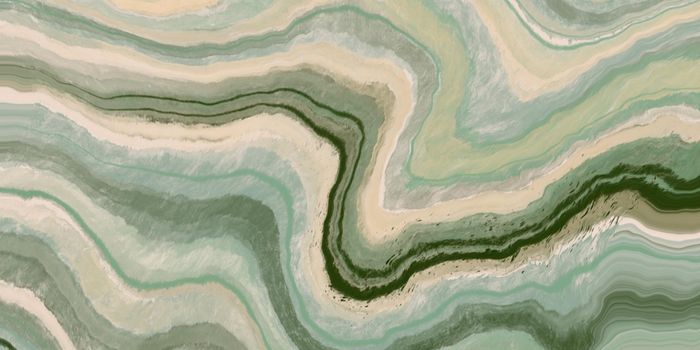Oil-eating Microbe Found in the Depths of the Mariana Trench
Oil-consuming microbes have been discovered in the deepest part of the oceans of Earth - the Mariana Trench. A comprehensive assessment of the microbial life there, which is around 11,000 meters deep, revealed bacteria that can break down hydrocarbons, molecules that are part of natural fuels like crude oil. The findings have been reported in Microbiome and are outlined in the video.
"We know more about Mars than the deepest part of the ocean," said the study leader Professor Xiao-Hua Zhang of the Ocean University in China. Located in the Western Pacific, a journey to the trench presents massive logistical challenges. National Geographic notes that while thousands of people had scaled Mt Everest successfully, only two people had gone to the Trench. The pressure down there is one thousand times more than standard atmospheric pressure at sea level, it is always dark, and it’s just a few degrees more than freezing.
"Our research team went down to collect samples of the microbial population at the deepest part of the Mariana Trench - some 11,000 meters down. We studied the samples that were brought back and identified a new group of hydrocarbon degrading bacteria,” said Dr. Jonathan Todd of the University of East Anglia’s (UAE) School of Biological Sciences.
"Hydrocarbons are organic compounds that are made of only hydrogen and carbon atoms, and they are found in many places, including crude oil and natural gas. So these types of microorganisms essentially eat compounds similar to those in oil and then use it for fuel. Similar microorganisms play a role in degrading oil spills in natural disasters such as BP's 2010 oil spill in the Gulf of Mexico. We also found that this bacteria is really abundant at the bottom of the Mariana Trench," he added.
The Trench was found to contain the biggest proportion of bacteria that break down hydrocarbons on the planet. The scientists raised some of these bacteria in the laboratory, simulating the Trench’s environment, and found that the microbes could degrade hydrocarbons; they consume them to get energy.
Because these hydrocarbon-eating microbes exist there, hydrocarbons must also be present. The scientists assessed a column of water from the surface, from the bottom of the Trench to the surface.
"We found that hydrocarbons exist as deep as 6,000 meters below the surface of the ocean and probably even deeper. A significant proportion of them probably derived from ocean surface pollution," revealed Dr. Nikolai Pedentchouk of UEA's School of Environmental Sciences.
"To our surprise, we also identified biologically produced hydrocarbons in the ocean sediment at the bottom of the trench. This suggests that a unique microbial population is producing hydrocarbons in this environment," he added.
"These hydrocarbons may help microbes survive the crushing pressure at the bottom of the Mariana Trench, which is equal to 1,091 kilograms pressed against a fingernail,” explained Dr. David Lea-Smith of UEA's School of Biological Sciences. "They may also be acting as a food source for other microbes, which may also consume any pollutant hydrocarbons that happen to sink to the ocean floor. But more research is needed to fully understand this unique environment."
"Identifying the microbes that produce these hydrocarbons is one of our top priorities, as is understanding the quantity of hydrocarbons released by human activity into this isolated environment," added Professor Xiao-Hua Zhang.
Source: AAAS/Eurekalert! via University of East Anglia, Microbiome









